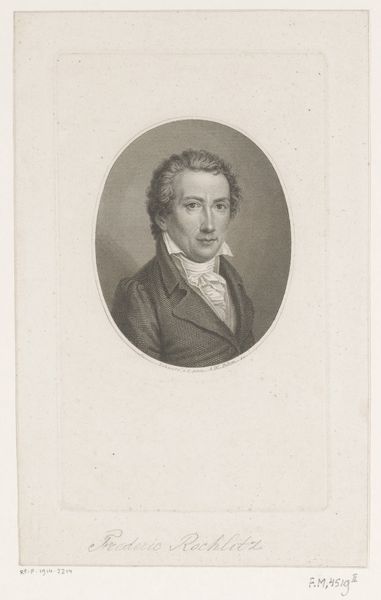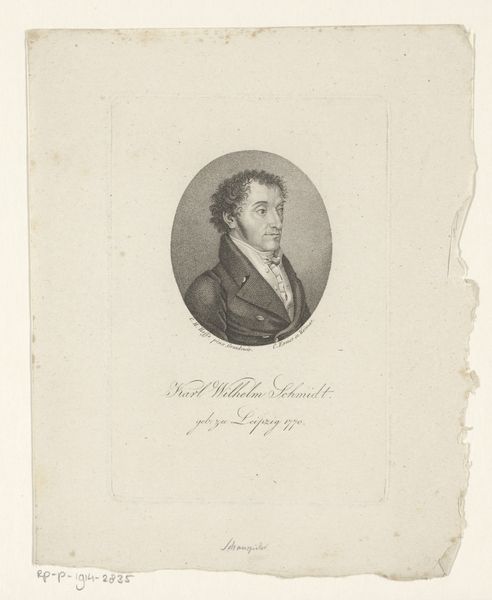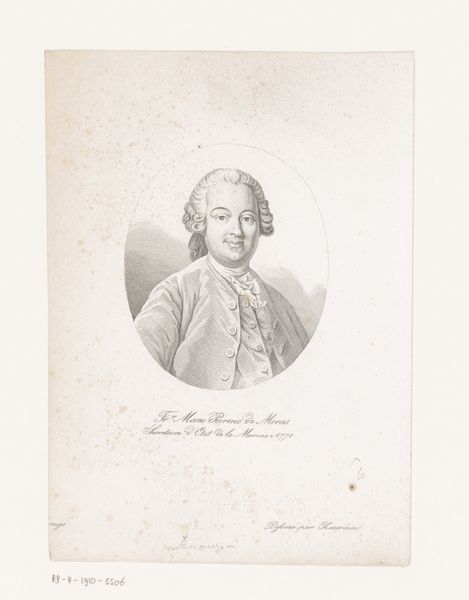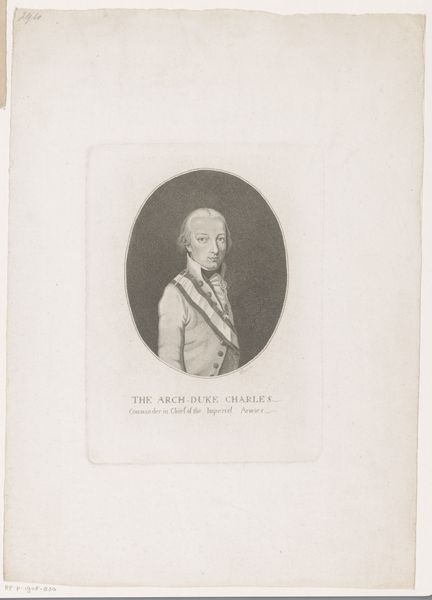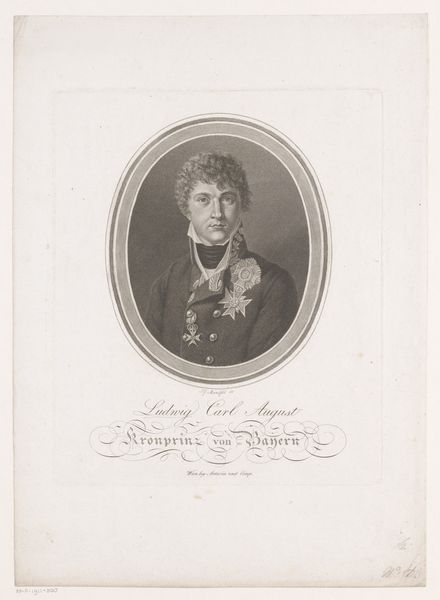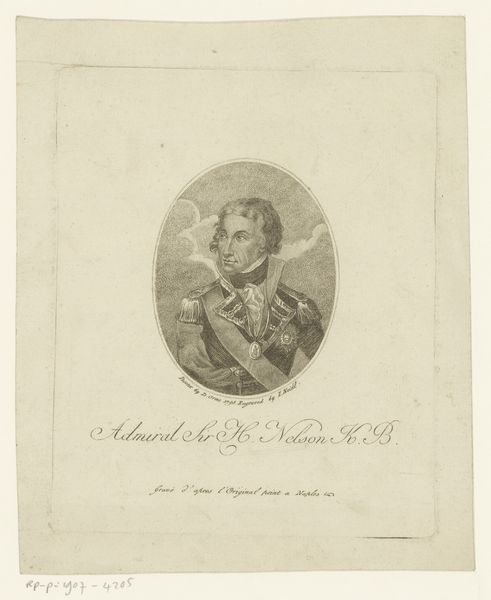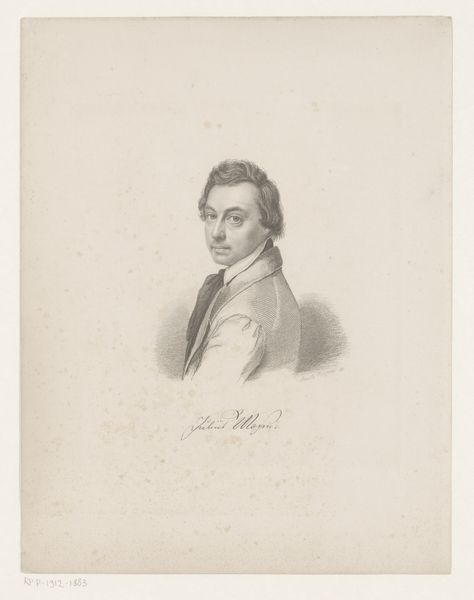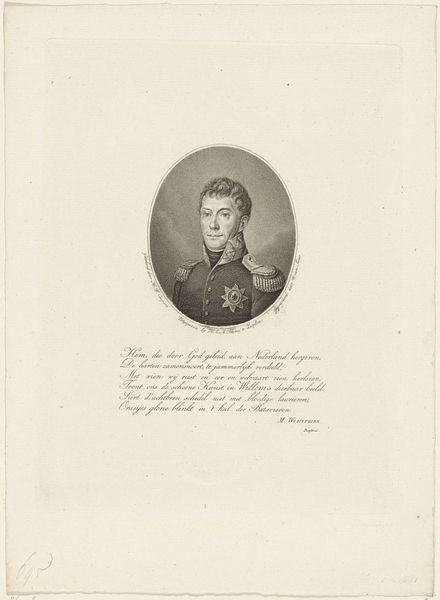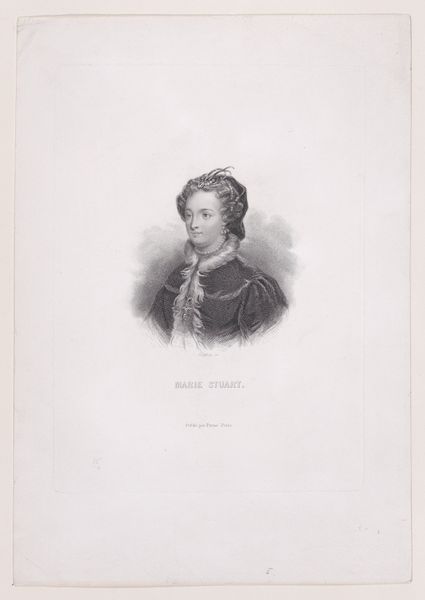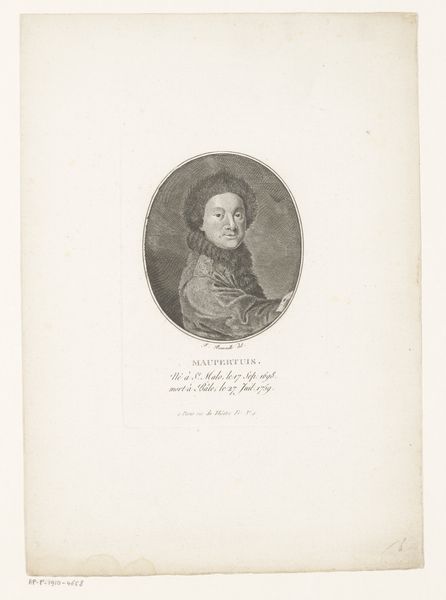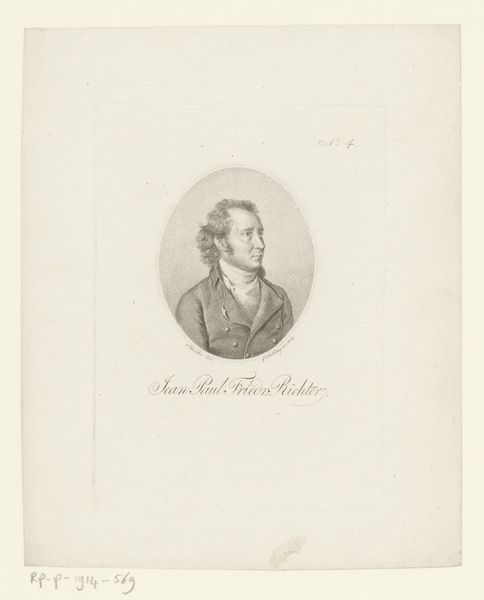
print, engraving
#
portrait
#
pencil drawn
# print
#
history-painting
#
engraving
#
realism
Dimensions: height 192 mm, width 132 mm
Copyright: Rijks Museum: Open Domain
Editor: So, here we have an engraving from 1816 titled *Portret van Johann Graf Klenau*, made by Gustav Georg Endner. It's a portrait of a military figure, but it feels a bit… restrained. The man has a serious, almost severe expression. What do you see in this piece? Curator: I see the weight of history etched onto that very serious face. Consider the cultural memory embedded in the medals he wears. Each one tells a story of service, of battles fought, and victories, or perhaps even defeats, endured. Editor: So the medals are really signifiers? What would you say they signify? Curator: They certainly function as signifiers. These aren't just decorative items, but potent symbols of allegiance, duty, and valor, carefully chosen and deliberately displayed. How do they connect the individual to a broader narrative of empire and national identity? The choice to depict him with those specific medals suggests a calculated presentation of Klenau’s public image and military achievements. Editor: I hadn't thought about the "calculated presentation" aspect of the piece before. The artist clearly intends to show his accomplishments, not just a likeness. Is that typical of the era? Curator: Portraiture, particularly of those in positions of power, often served as a form of propaganda, subtly reinforcing existing social hierarchies. Think about the composition. Note how the oval framing lends him a classical, almost idealized appearance, even within a realistic style. Do you notice how that contrasts with his very severe gaze? Editor: I do! It feels very formal. Almost like he isn’t supposed to express emotion? Curator: Perhaps that emotional restraint is another kind of symbol. It's not merely a reflection of an individual's temperament, but potentially the artistic convention of the period as a kind of display of authority and stoicism. It is certainly an important point in reading that cultural representation in history! Editor: This has given me a totally new perspective to examine other portraits, seeing how artists used details to convey so much more about their subjects and social standing. Thank you! Curator: You're very welcome! There are worlds within worlds in every piece.
Comments
No comments
Be the first to comment and join the conversation on the ultimate creative platform.

